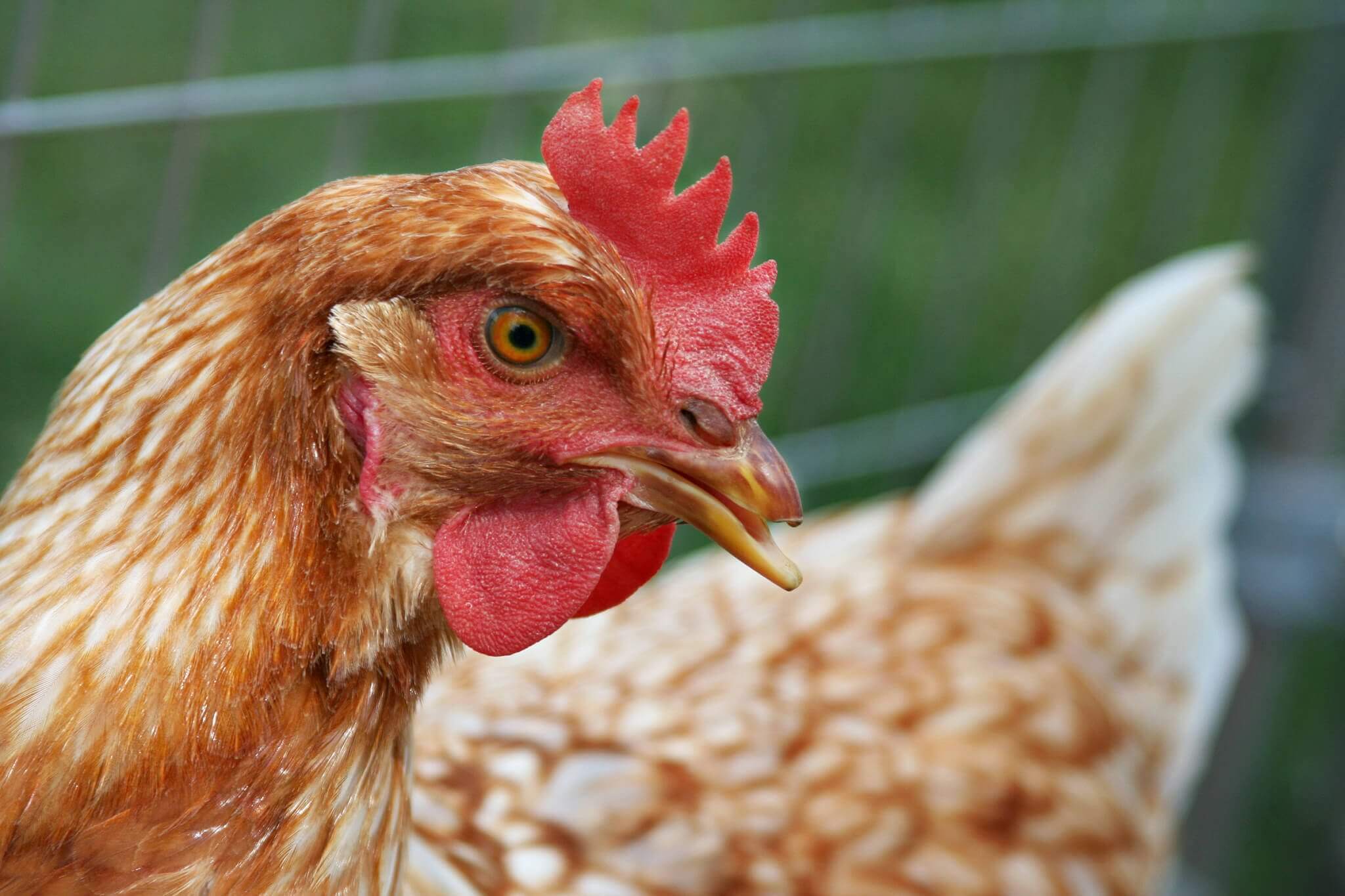As poultry farmers, we are always looking for ways to maintain the health and well-being of our flocks. One practice that often arises in discussions about poultry management is poultry beak trimming.
While beak trimming can be controversial, it can offer significant benefits for both the birds and the overall health of the flock when done correctly. In this article, we’ll explore what beak trimming entails, its benefits, and best practices to ensure it is carried out humanely.
Also see how chicken establish a social rank in a flock and a quick overview of 8 poultry systems, if you’re in the process of setting up a poultry operation.
What is Poultry Beak Trimming?
Chicken beak trimming, also known as beak dubbing or beak conditioning, involves the partial removal of a chicken’s beak.
Typically, this procedure is performed on young chicks or pullets to prevent aggressive behaviors, such as pecking and cannibalism, which can arise in confined settings.

By trimming the beak, we can reduce the sharpness of the tip, thereby helping to minimize injury to other birds as well as the affected hens themselves.
Benefits of Beak Trimming
Reduces Aggression
First and foremost, one of the primary reasons for beak trimming is to reduce aggressive behaviors among birds.
When hens are kept in close quarters, competition for food and space can lead to pecking and bullying. Consequently, trimming helps prevent serious injuries that could arise from these behaviors.

Prevents Cannibalism
Furthermore, cannibalism is a serious issue in poultry farming that can lead to substantial losses. By trimming the beaks, you can mitigate the risk of cannibalistic behaviors, ultimately leading to a healthier flock and less mortality.
Improves Feed Intake
In addition, birds with untrimmed beaks may have difficulty accessing food properly, especially in dense housing systems.

Trimming can enhance their ability to eat, ensuring they receive adequate nutrition and maintain optimal growth rates.
Best Practices for Poultry Beak Trimming
Timing
Moreover, timing is crucial when it comes to beak trimming. It is generally recommended to perform the procedure when chicks are young, typically between one day to two weeks of age. This timing allows for quicker recovery and reduces stress on the birds.

ALWAYS follow your flock schedule as prescribed by your flock supplier. We recommend that you consult with your flock supplier or certified poultry vet for optimal outcomes.
Use Appropriate Tools
Additionally, using the right tools is essential for ensuring a clean and safe trim. Generally, an electric or hot blade trimmers are commonly used, as they can minimize bleeding and pain.
Furthermore, always ensure that your equipment is well-maintained and sterilized to prevent infections.
Follow Animal Welfare Guidelines
Furthermore, it’s important to adhere to animal welfare guidelines when performing beak trimming.
Therefore, it is advisable that you familiarize yourself with regulations in your area. Moreover, consider using pain management techniques, such as topical anaesthetics, to reduce discomfort during and after the procedure.

Monitor the Flock
Finally, after trimming, keep a close eye on your flock for any signs of stress or discomfort.
Additionally, providing an enriched environment with adequate space, nesting areas, and social interactions can further help reduce aggressive behaviors and promote overall well-being.
Also see how to manage your chicken during molting.
Conclusion
In conclusion, chicken beak trimming can be a beneficial practice for poultry farmers looking to manage aggression and maintain the health of their flocks.
When done correctly and humanely, it can significantly reduce the risks of pecking and cannibalism, leading to a more harmonious environment for your birds.
By following best practices and adhering to animal welfare guidelines, you can ensure that your flock remains healthy and productive, ultimately supporting the success of your poultry operation.
*

You may also be interested in how to manage flock vaccination schedule with Kukufarm app. You can get Kukufarm from Google Play and App Store.

